In 2009 and 2010, wind power-oriented groups of students have been conducting wind resource studies on campus. Project Full Breeze is dedicated to assessing the feasibility for small scale wind energy applications on MIT's urban campus. The proect combines components of standard feasibility studies for wind energy applications along with advanced research using tools such as computational fluid dynamic analysis as well as the use of LiDAR remote sensing in a complex terrain enrivonrment. The team is comprised of graduate students and has been working with Facilities, MIT Walk the Talk, donors, members of industry and other wind power-interested groups to develop the feasibility studies and research with the goal of installing one or more wind turbines on campus.
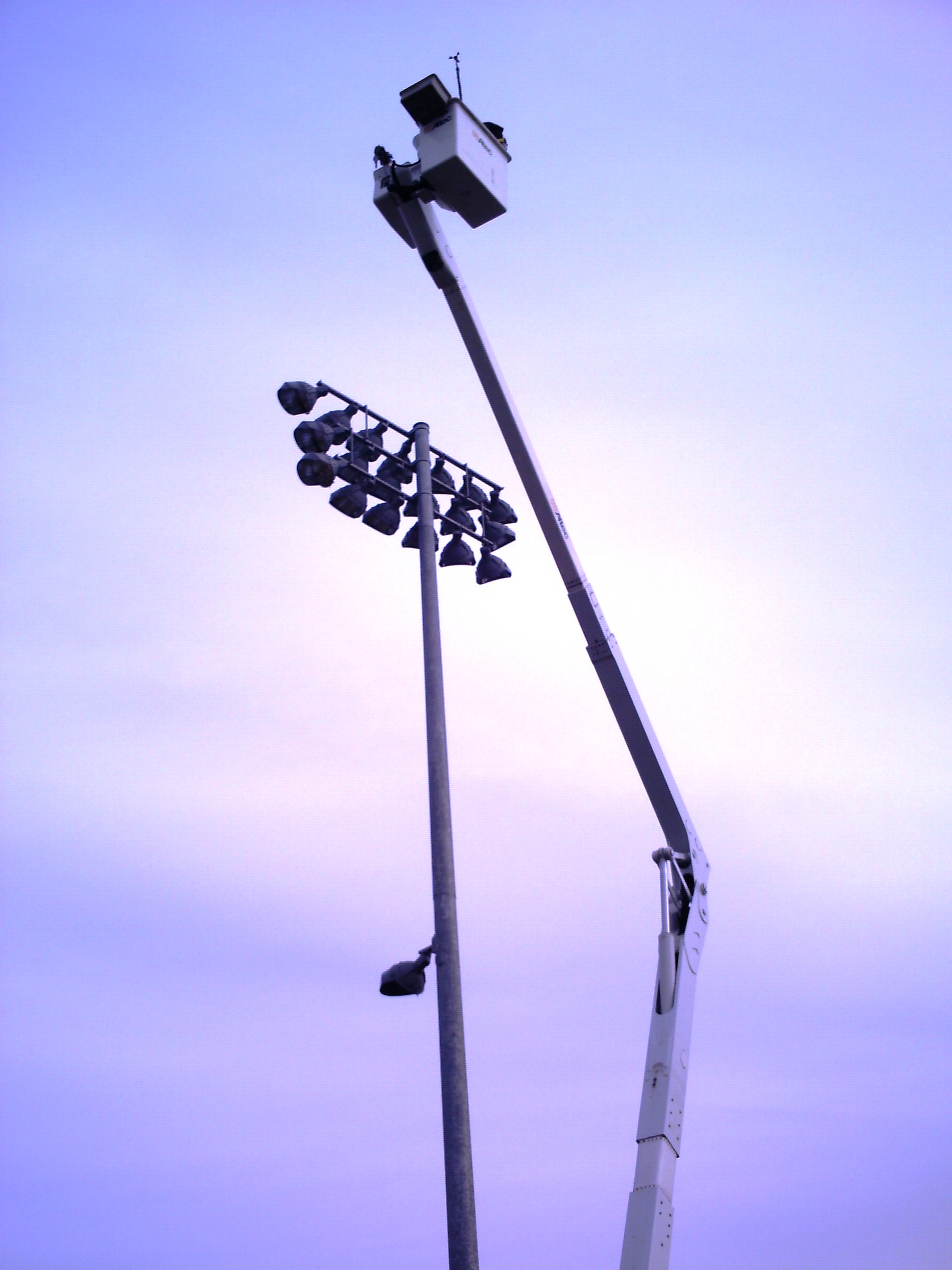
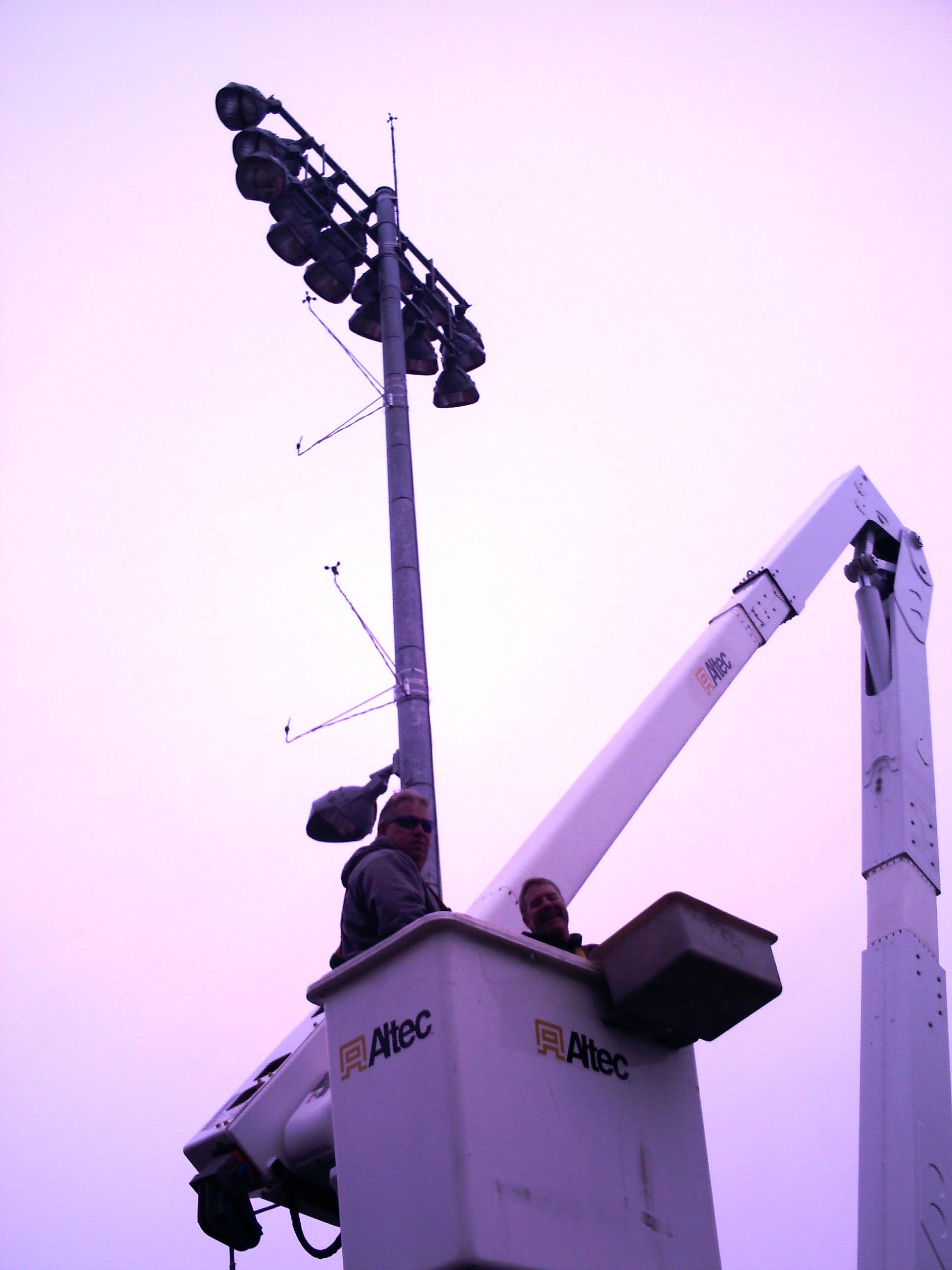 Phase 1 was implemented on 10/15/2009. NRG Systems donated wind resource measurement equipment (anemometers, etc) that was installed by NRG Systems and Facilities in an enclosed side field adjacent to Briggs Field. In partnership with the student team, Facilities provided some project management and covered installation costs. On 10/16, an educational outreach/PR event showcased the equipment, provided information on the wind resource and acknowledged the gift and team contributors.
Phase 1 was implemented on 10/15/2009. NRG Systems donated wind resource measurement equipment (anemometers, etc) that was installed by NRG Systems and Facilities in an enclosed side field adjacent to Briggs Field. In partnership with the student team, Facilities provided some project management and covered installation costs. On 10/16, an educational outreach/PR event showcased the equipment, provided information on the wind resource and acknowledged the gift and team contributors.
Phase 2 entailed installation of a meteorological tower donated by NRG Systems in another area of the sports fields near the Westgate parking lot in 12/15/2009. Resource measurements from this and the above site were used in conjunction with both advanced statistical techniques (measure-correlate-predict methods) as well as computational fluid dynamic simulations in order to compare the long term expected performance between the two field sites. Results of the study can be found in a conference report which was presented at the AWEA Windpower 2010 conference. Support for the CFD research was provided by a Campus Energy Grant from the MIT Energy Initiative as well as a grant from Francis E. Low Foundation. The CFD software license was provided at cost to our group by Meteodyn.
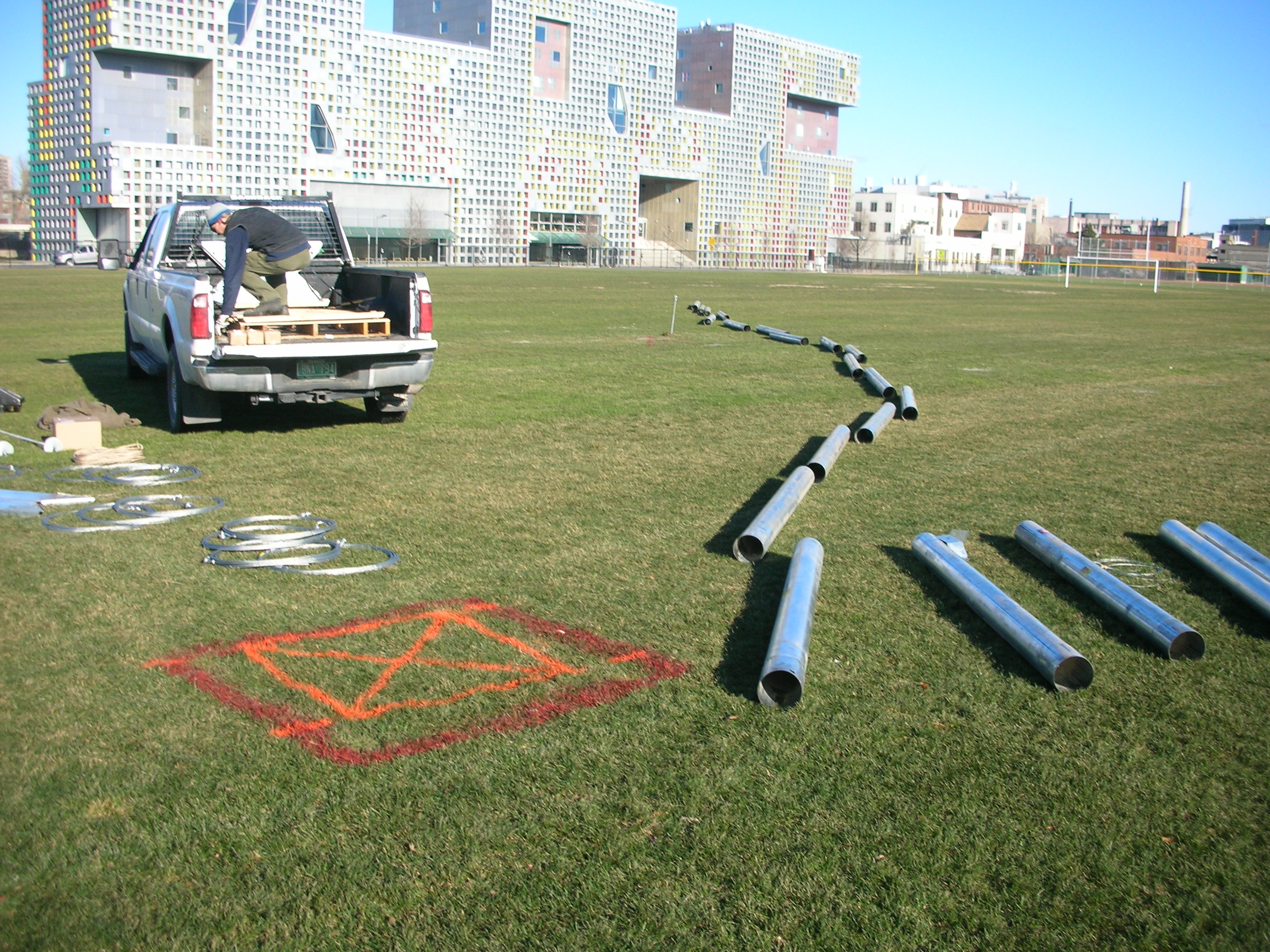
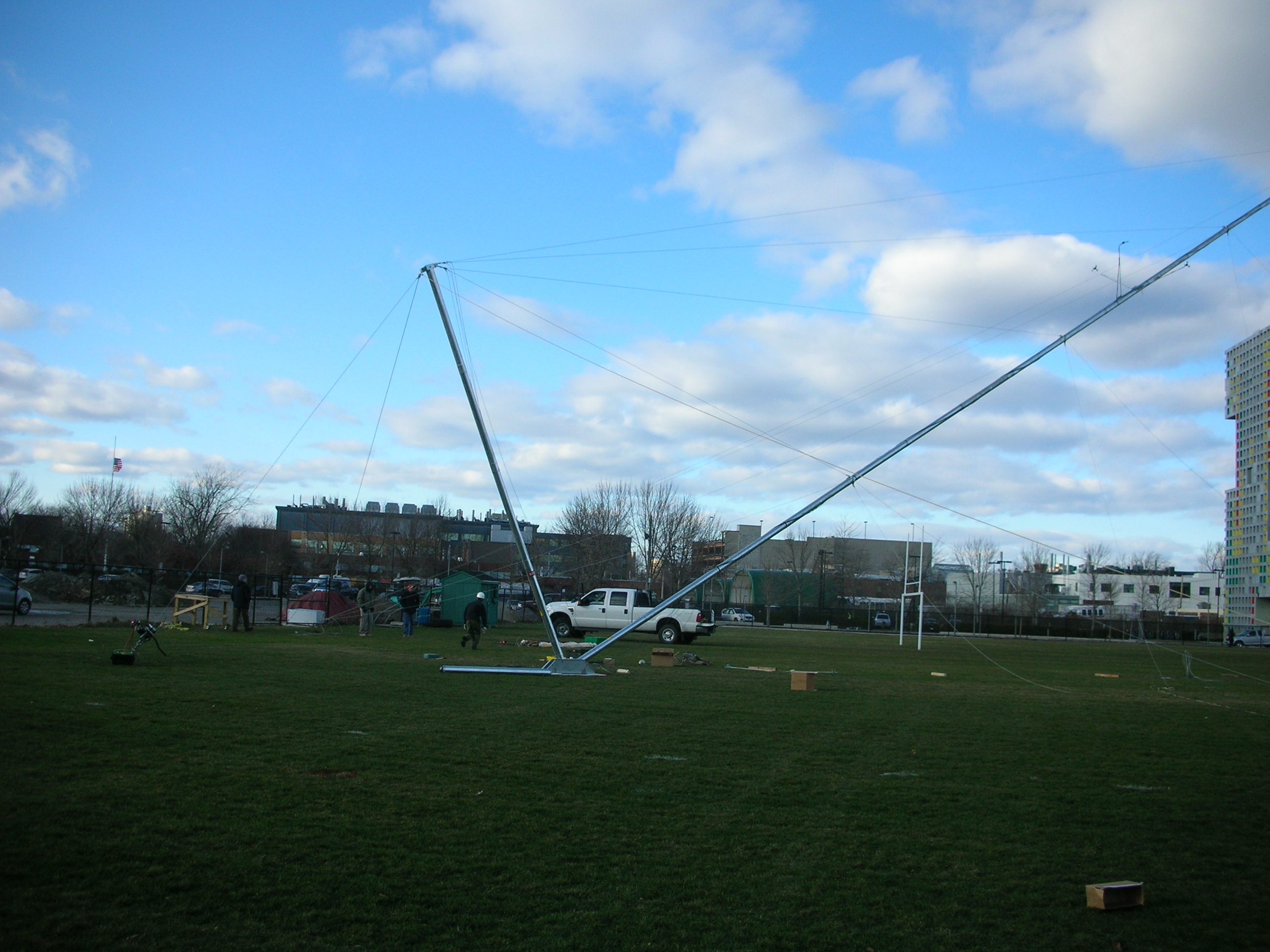
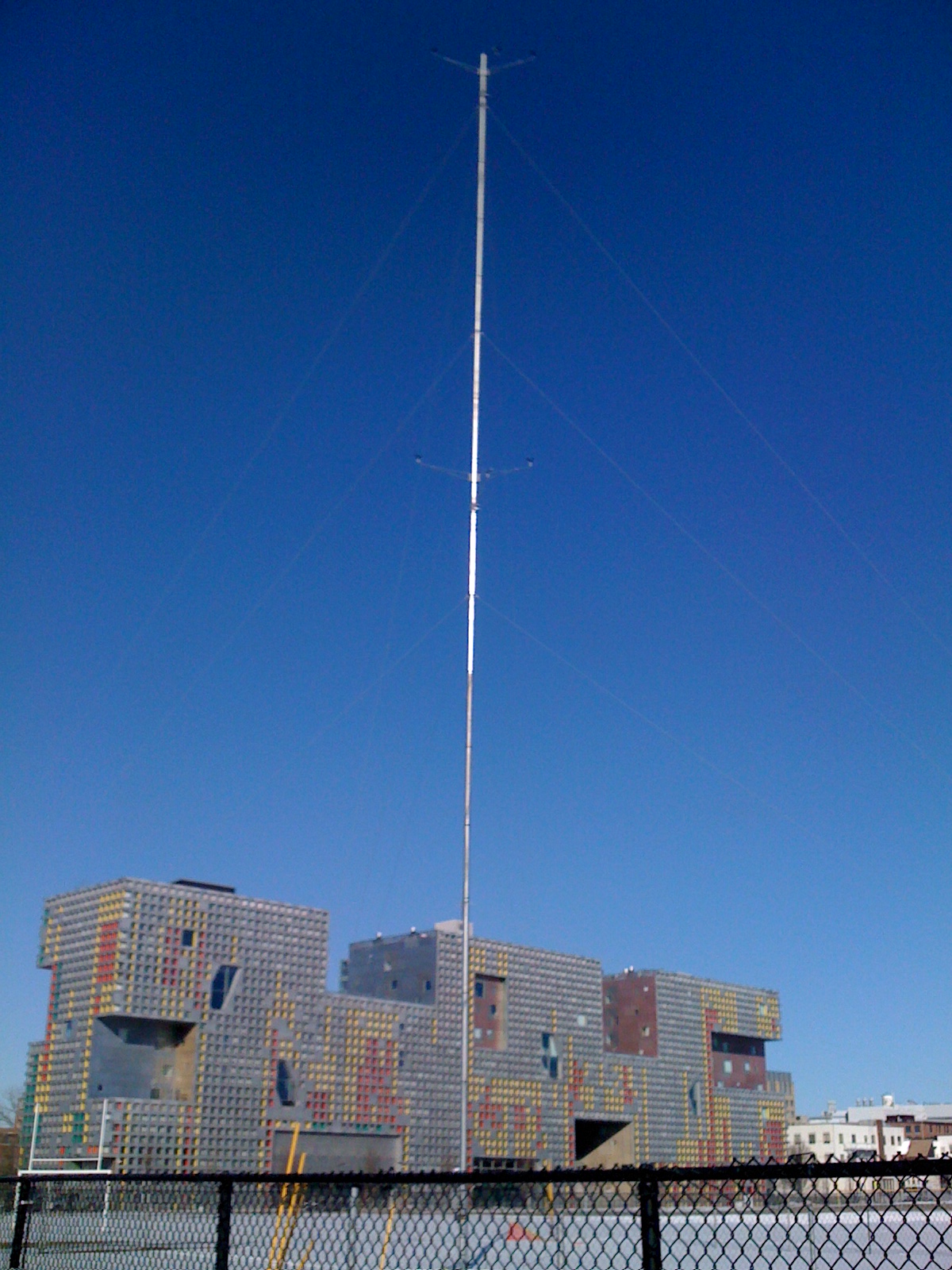
Another outcome of the phase 2 process was a presentation of the feasibility study to the city of Cambridge in order to obtain the site permits for a small wind turbine on Brigg's field. The feasibility study report included the wind resource assessment results and comparison along with analysis on the potential acoustic, visual and environmental impacts of a small turbine at the sites.
Phase 3 entailed the deployment of a Windcube LiDAR system on loan from NRG Systems near MIT site 1 for three months over the summer of 2010. An algorithm will be validated that corrects for the fact that the LiDAR is being used in a complex terrain environment. CFD analysis will be used as a validation tool in this stage as well. Expected completion of this phase is expected during the spring of 2011.
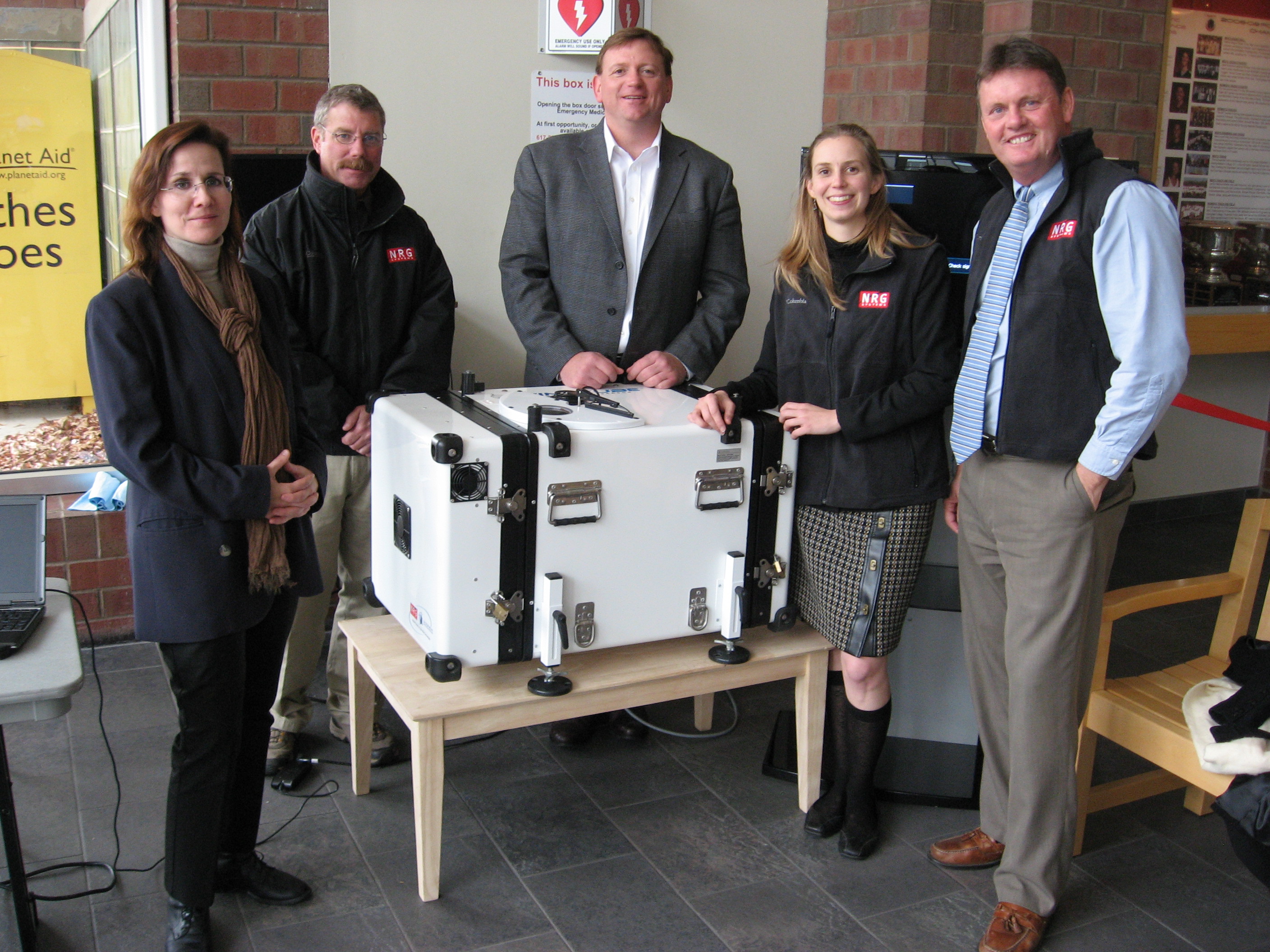 .
.
 .
. 
